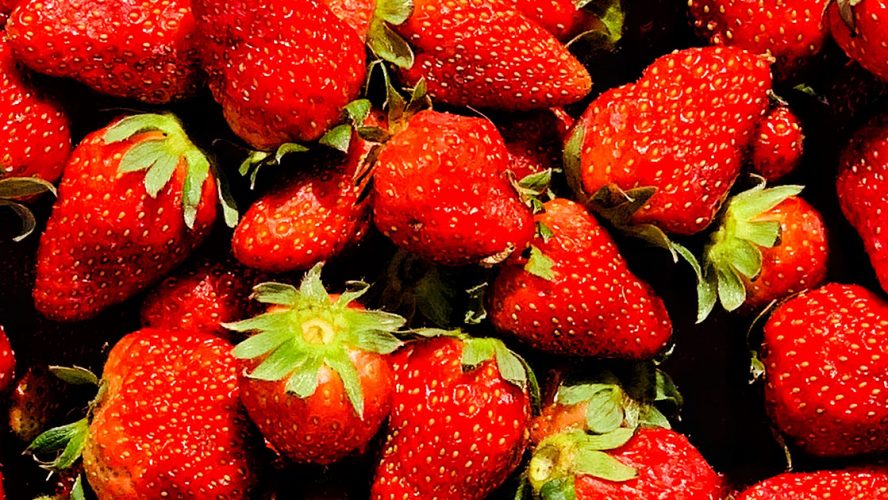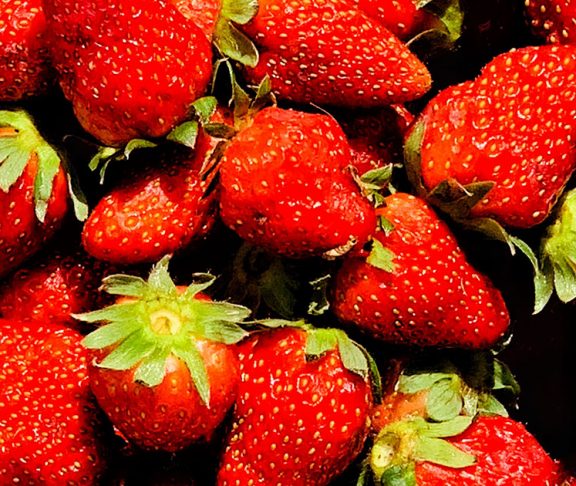For moms, taking care of things comes naturally. The minute our babies are born we instinctively nurture and protect them. As they grow and change, we adapt and learn what they need at each stage along the way. When emergencies come up, we handle it. So it’s no surprise that when we learn about the destruction that climate change is having on Earth, we want to do something to help.
You may wonder how we can make a difference when the problem is so big. But we only need look as far as our kitchen to find a way to have a significant impact on climate change. The food choices we make every day affect global warming and the environment. Even minor changes in what we eat have an impact both in terms of carbon emissions created and in the preservation of our precious land and water resources. Here are 5 easy ways to nurture the earth by giving our diets a sustainable makeover.
1. Buy local
Buying locally produced food helps reduce pollution and energy use because it requires less transportation and refrigerated storage. Look for locally grown food in your grocery store, shop at farmer’s markets or sign up for a CSA (community supported agriculture) share.
2. Eat less meat
Meat has a much higher “carbon footprint” than fruits, vegetables and grains because the production and processing of meat requires more energy and releases damaging methane gasses into the air. This means that every meatless meal you eat is a win for the planet!
3. Go organic
When you buy USDA Certified Organic it means your food was produced without pesticides and care was taken to preserve the soil and the environment. In the grocery store, certified organic produce has a PLU code that starts with the number 9 on the sticker. If budget is a concern, use the EWG’s Dirty Dozen as a guide and focus on the foods your family eats most.
4. Limit food packaging
Food packaging is a significant source of pollution and waste in landfills. You can limit unnecessary packaging by buying whole fruits and vegetables, skipping individually packaged foods and purchasing foods from the bulk bins. As a bonus, you’ll end up saving money too.
5. Waste less food
Imagine filling an entire college football stadium up to the brim with food. That’s an estimate of how much food Americans waste in a single day. We can work on eliminating that problem by buying only the food we need and learning to love our leftovers. Composting food waste is another way to help the planet by turning scraps into new soil.
Vist The Mindful Momma for more information.

